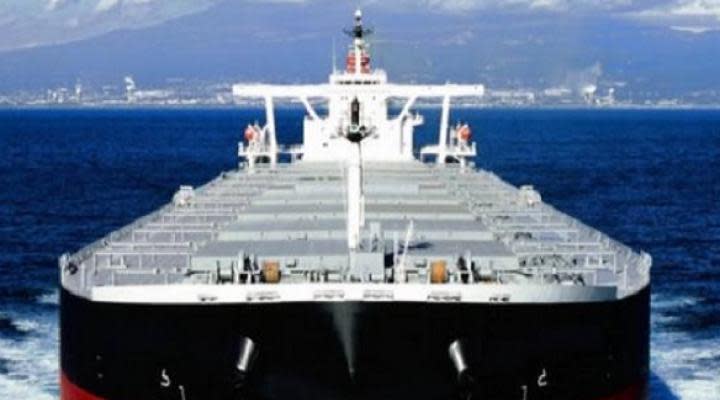Uni-Asia kept at 'buy' on stellar 1H earnings and positive outlook

With a record 1HFY2022 results and all-time high interim dividend, PhillipCapital is keeping its 'buy' call on Uni-Asia.
PhillipCapital is reiterating its “buy” call on Uni-Asia Group with a target price of $1.26, following the group’s recent 1HFY2022 ended June earnings release.
To recap, Uni-Asia on Aug 12 announced its 1HFY2022 results, which saw its highest interim dividend of 6.5 cents declared for the period, some 225% higher compared to the previous year.
This came on the back of the group’s record set of results, which saw a 54% y-o-y increase in revenue to US$48.9 million ($66.9 million), as well as a 134% growth in profit after tax to US$16.5 million. Uni-Asia explained that the increase in revenue was driven by improved charter income, fee income and the sale of two properties under development.
The revenue and Patmi for 1HFY2022 came in above expectations at 64% and 68% respectively of the Phillip Research Team’s FY2022 forecasts.
Charter revenue surged 70% y-o-y to US$34 million, thanks to a 78% jump in average daily charter hire rates to US$19,400.
Although vessel operating days were 5% lower y-o-y due to a containership that was disposed of in 1QFY2021, margins expanded as vessel operating expenses rose only 14% y-o-y to US$10.6 million.
Higher cost was from crew salary, crew logistics and other expenses. The group was not highly affected by the increase in fuel costs, as fuel cost is borne by the shipping company, and not Uni-Asia.
With free cash flow tripling to US$20.9million, the group still does not have any current plans to order vessels.
However, the Phillip Research Team is weary on the group’s lower pipeline of properties in Japan. In 1HFY2022, Uni-Asia sold two units of its residential projects located in Tokyo. The pipeline or ongoing projects is down to eight from 13 a year ago. “This implies fewer available projects to lease or for sale in the coming quarters,” according to the research team in an Aug 19 report.
On the outlook, the research team believes that charter rates will remain positive on the medium-term. New orders for dry bulk vessels are at 30-year lows due to multiple factors. These include shipyard capacity already filled by container vessel orders, port congestion, slow steaming and uncertainty over future emissions standards and fuel type for dry bulkers.
The Baltic Exchange Handysize Index started to roll over since June. The index in 3QFY2022 is likely to be weaker than a year ago, albeit still elevated than 2019/20 levels. Weakness in charter rates is due to softness in demand for commodities in China. Shipping lines are cautious and delaying their commitments of hiring vessels.
“We expect the dry bulk shipping cycle to be resilient in the coming two years as the new supply remains modest at multi-decade lows,” writes the research team.
Shares in Uni-Asia traded 1.8% higher at 1.12 at 2.20pm.
See Also:
Click here to stay updated with the Latest Business & Investment News in Singapore
Get in-depth insights from our expert contributors, and dive into financial and economic trends